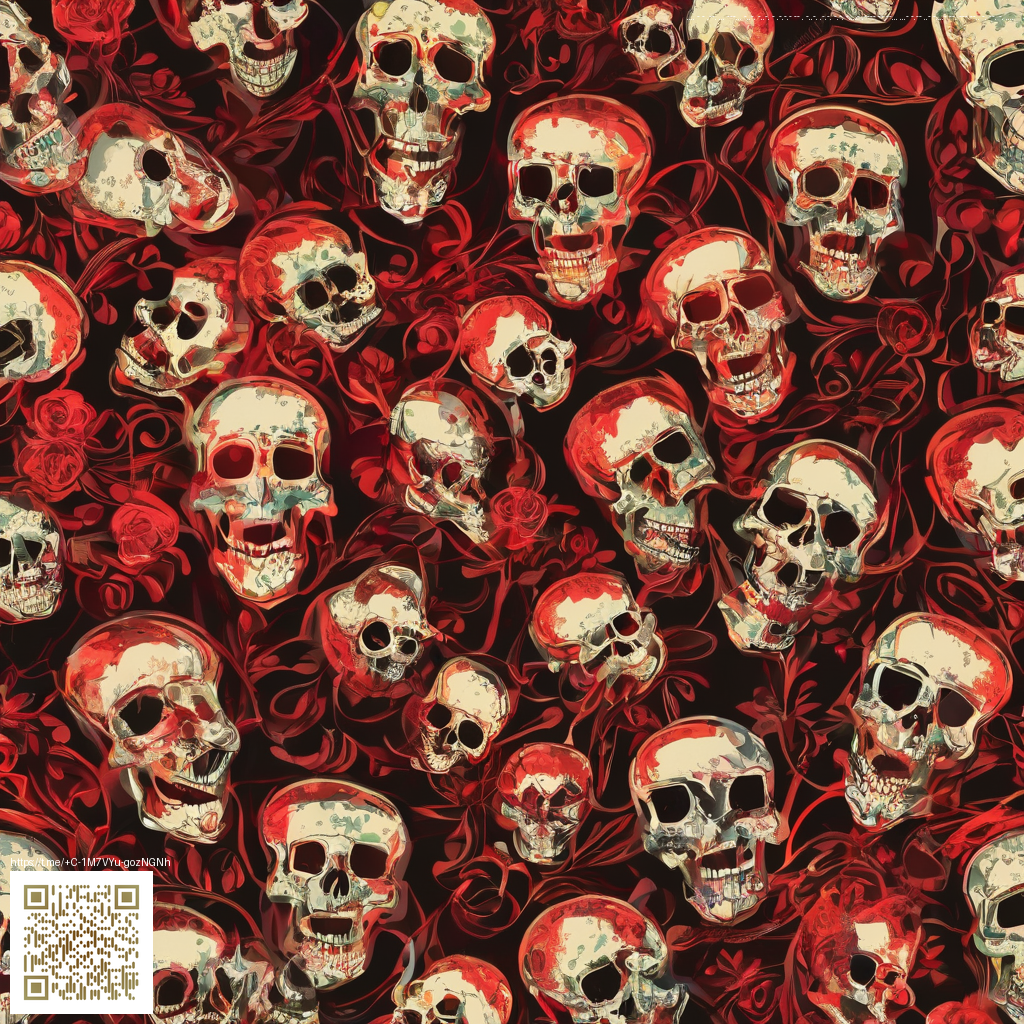
Designing Digital Storyboards for Filmmakers: From Concept to Screen
In filmmaking, a storyboard is more than a doodle pad; it’s a planning tool that helps you pre-visualize scenes, map out pacing, and align your entire crew long before the first camera roll. When you shift to digital storyboards, you gain the ability to layer elements, test sequences, and share evolving frames with collaborators in real time. The result is a smoother pre-production process where directors, cinematographers, production designers, and editors stay on the same page, reducing surprises once production begins.
“A well-structured storyboard sets the tempo for the entire production, guiding decisions from lighting to blocking.”
Digital boards excel at iteration. You can add notes for lens choices, camera moves, and shot timing without losing the original framing. These boards also translate nicely into on-set actions: exporting shot lists, cue sheets, and continuity references becomes almost instantaneous. The ability to annotate frames with color codes for lighting, Foley cues, or prop placement keeps the creative intent clear—even as the crew changes over the course of a shoot.
Workflow fundamentals for crisp, reusable boards
- Define narrative beats: Break the story into key moments and map them to a sequence of frames that reflects the intended pacing.
- Plan shot types and angles: Sketch a mix of wide, medium, and close-ups to communicate how the scene will feel on screen.
- Set aspect ratios and framing guides: Indicate crop marks and safe areas to prevent surprises in post or on set.
- Annotate camera movement: Use arrows or motion notes to convey dolly, pan, tilt, or handheld dynamics.
- Attach lighting and color cues: Add notes about mood, key light direction, and practicals to keep departments synchronized.
To make boards truly collaborative, organize them with consistent layers or pages, maintain a clear version history, and keep a master shot list that ties each frame to a practical production step. When teams can see the evolution of a scene—from rough thumbnail to polished frame—decision-making speeds up and the shoot remains faithful to the original vision.
Practical tips for desk-bound work and on-set transitions
On busy days, it helps to have a reliable input surface that keeps your attention tight and your mouse movements precise. For long sessions, some filmmakers opt for dedicated gear to reduce fatigue and maintain control. If you’re looking for a dependable option that complements digital storyboarding workflows, you might consider a non-slip gaming mouse pad with a smooth polyester front. It’s designed to stay put while you revise frames, annotate scenes, and fine-tune notes—so your creativity doesn’t get tangled in a slipping cursor.
Software choices also shape your workflow. Many filmmakers combine drawing tablets or styluses with powerfully capable storyboard tools that support layers, annotations, and export-ready formats. A good practice is to start with a simple template for each scene: frame number, shot type, approximate duration, and the core emotional beat. As your project matures, you can layer in lighting diagrams, color keys, and sound cues to create a comprehensive pre-production map that translates directly to production needs.
Bringing the storyboard to life on set
During shoot days, a living storyboard acts as a reference that travels with the camera team. It helps maintain continuity, guides blocking rehearsals, and serves as a conversation starter when planning coverage. By keeping digital boards up to date with the latest changes, you empower departments to anticipate needs—whether it’s adjusting the lens choice, repositioning a light, or reordering a shot sequence to accommodate weather or location constraints.
Remember, the goal is clarity and momentum. A storyboard that communicates intent quickly saves time, money, and creative energy—letting you focus on storytelling rather than logistical hurdles.